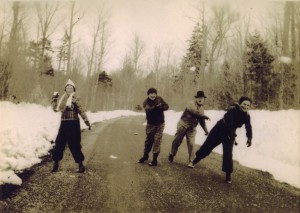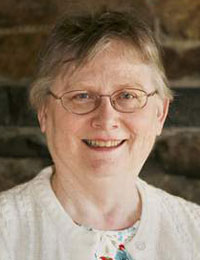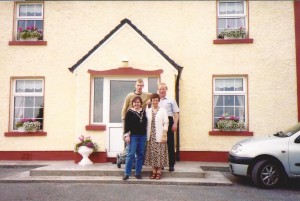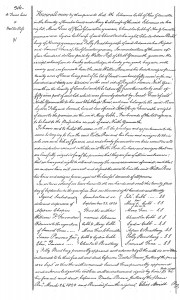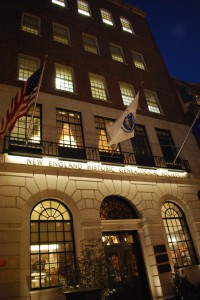
I find that, once I start collecting something, the collection itself tends to dictate its own expansion. Put another way, I don’t always know what will interest me until I start looking at the items on either side of the object I seek to acquire. This is true of genealogical research, where it’s always a good idea to browse the library shelves around the book you are hunting, but of course it’s also true of the photographs I’ve been collecting recently. And, so – given the theme of the last two days’ posts at Vita Brevis – it’s time for another research exercise!
All of these photographs have something, or someone, in common – not pictured, of course. They represent a genus, the Broadway showgirl, that has sadly become extinct. Continue reading Broadway and points west
